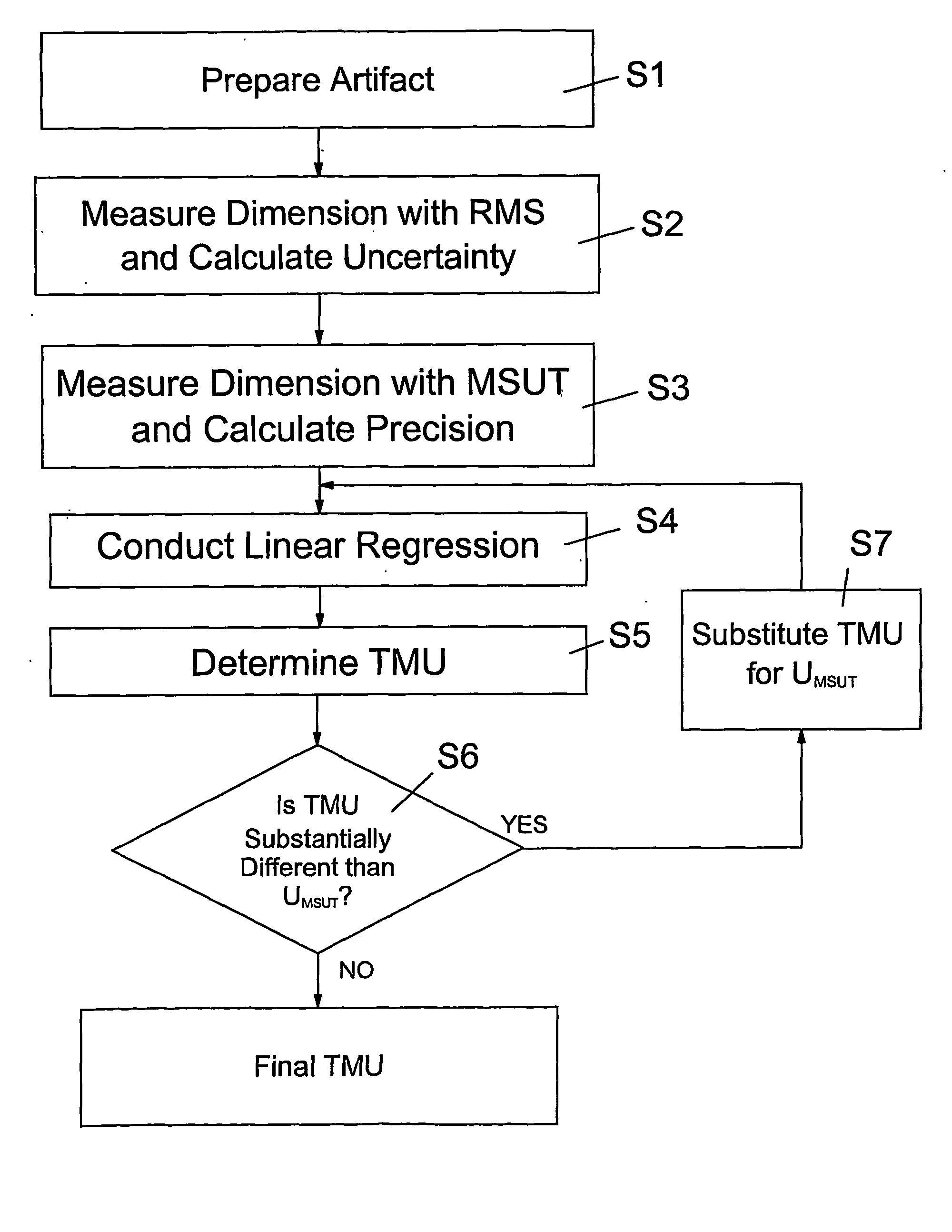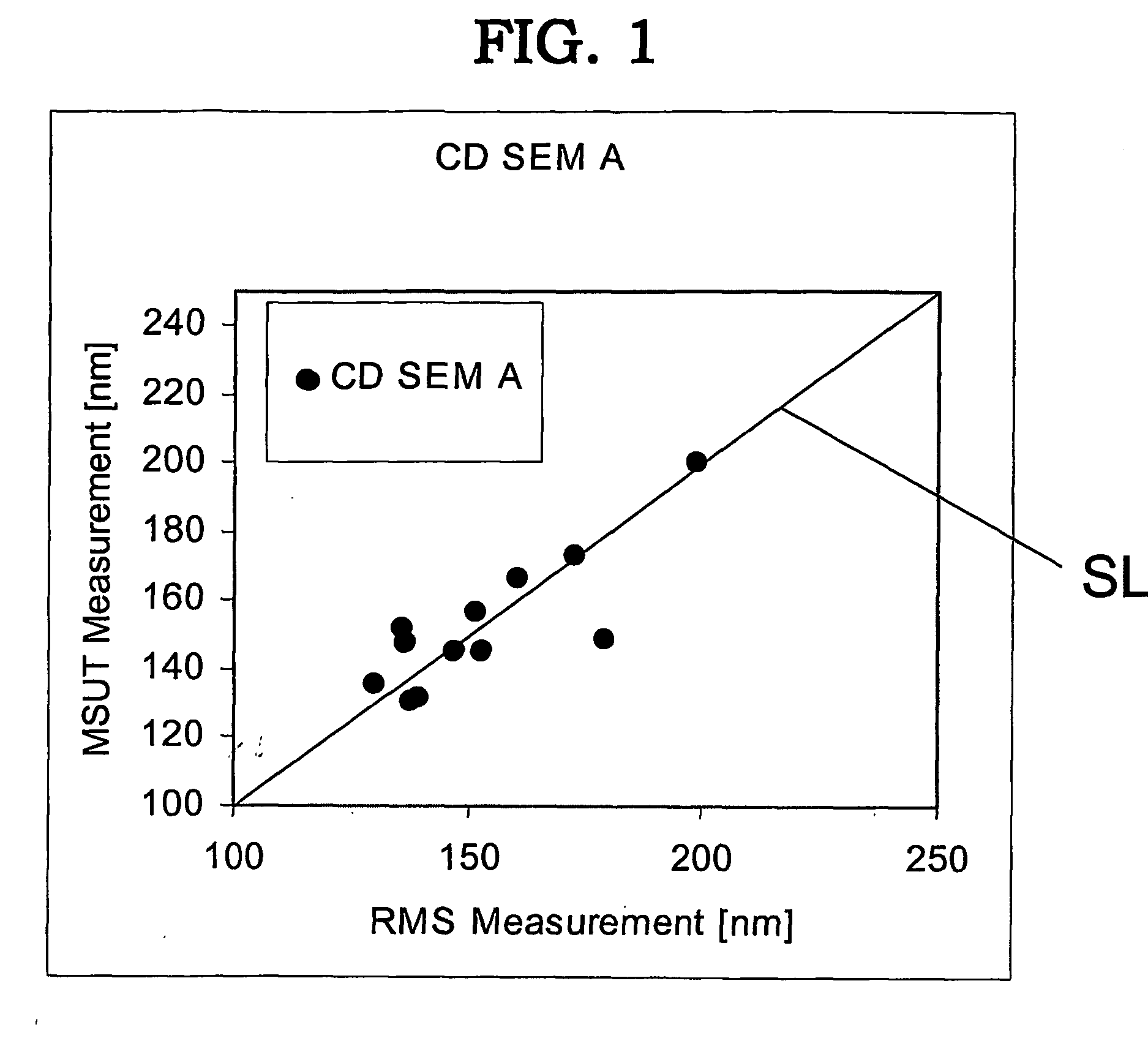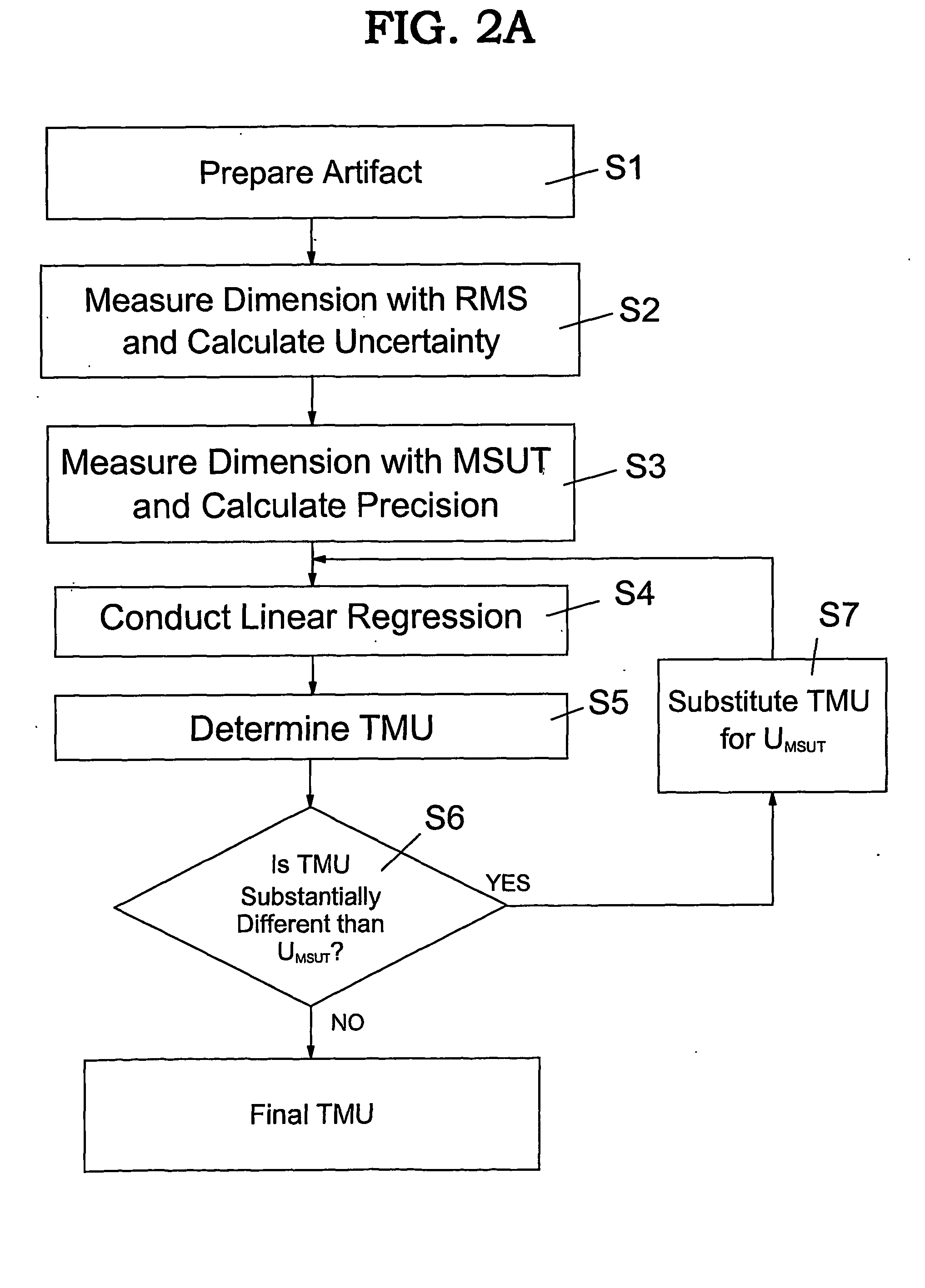Assessment and optimization for metrology instrument
a metrology instrument and optimization technology, applied in the field of metalrology instruments, can solve the problems of inability to widely accept the standards relative to the required parameters, difficulty in correct assessment and optimization of inability to accurately assess and optimize the measurement potential of the metrology instrumen
- Summary
- Abstract
- Description
- Claims
- Application Information
AI Technical Summary
Benefits of technology
Problems solved by technology
Method used
Image
Examples
optimization example
[0062] Referring to FIG. 8, an example derived from optimizing measurement conditions on a CDSEM for a resist isolated line geometry is graphically illustrated. The CD SEM starting conditions were those of one of the CD SEMs discussed earlier. While several acquisition conditions and algorithms settings were optimized in this investigation, the graph shown in FIG. 8 illustrates the consequences of changing the amount of smoothing done to the raw CD SEM waveform prior to further algorithm analysis. In particular, the noise reduction from this smoothing has a positive effect upon reducing the corrected precision. However, from the point of view of TMU, the trend is opposite. This suggests that the loss of accuracy in tracking the process changes in the artifact is worse with greater smoothing as evidenced by this trend dominating the TMU.
[0063] IV. Conclusion
[0064] Although particular embodiments of assessment and optimization methods have been described above, it should be recogniz...
PUM
| Property | Measurement | Unit |
|---|---|---|
| net residual error | aaaaa | aaaaa |
| width | aaaaa | aaaaa |
| depth | aaaaa | aaaaa |
Abstract
Description
Claims
Application Information
 Login to View More
Login to View More - R&D
- Intellectual Property
- Life Sciences
- Materials
- Tech Scout
- Unparalleled Data Quality
- Higher Quality Content
- 60% Fewer Hallucinations
Browse by: Latest US Patents, China's latest patents, Technical Efficacy Thesaurus, Application Domain, Technology Topic, Popular Technical Reports.
© 2025 PatSnap. All rights reserved.Legal|Privacy policy|Modern Slavery Act Transparency Statement|Sitemap|About US| Contact US: help@patsnap.com



